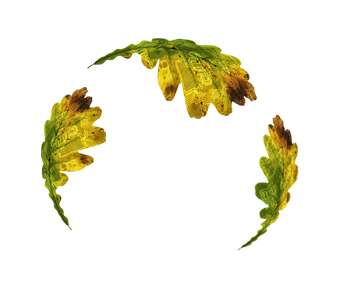Dr. Darren Hoeg was charged with leading a one-off session on Environmental Education, embedded in the intensive teacher-preparation course for Secondary Science teacher candidates at the University of Alberta. He had 90 minutes to get a feel for the group of up to 100 students and turn their minds on to both the issues of the environment and how to tackle them through Science teaching. He turned to a real-time class survey to get the class thinking and participating. Using the Kahoot application platform, Darren asked the students nine different questions with four possible answers. They were able to interact using their smartphones or other digital devices. After each question, he used the anonymous results to lead a brief discussion. The questions touched on concerns of individual choice, dependence on technology and the Oil Sands, among others.
As the complexity of questions increased, from a social and philosophical standpoint, and with only 20 seconds allowed to respond to each question, there were fewer responses as the survey progressed. For example, the first question, about food choices, asked: When I make grocery purchasing decisions, I consider the following in my selection: Local (23%), Organic (13%), Price (59%) or Non-GMO (5%). Results are shown in parentheses. For this question 56 of the 58 participants responded. In contrast with a later question, only 44 of the 58 students responded:
Please indicate the one statement that you most strongly agree with, related to the oil sands: Are a major environmental disaster so need to be stopped (18%); I have some concern about the environmental impact (55%); Government regulates enough to ensure environmental impact is minimal (7%); and, They generate jobs and wealth and are therefore needed (20%). At a glance, the results show that there is only some concern about the impact of the oil sands, and only a few of the students who responded really see it as a major environmental disaster.
Darren quickly realized that the discussion of the responses could have gone on to fill an entire three-hour lecture, but he had a lot more planned to facilitate. To bring the teacher candidates from the abstractions of the provocative questions into the more tangible space of nature, Darren had organized a natural encounter with the students, without them having to leave their chairs. On each group table, there was an aloe plant and a mealworm in a petri dish. These two living organisms provided a starting point for the students to reflect on their own encounters with nature and how they saw and perceived these creatures right in front of them. This lead to another fruitful discussion and evoked a sharing of many realizations, such as how they have been socialized to interact with nature and how different contexts, such as the Science classroom versus the forest, evoke different relationships for them.
A list of the provocative questions and potential answers can be obtained by contacting dhoeg@ualberta.ca or erin.sperling@utoronto.ca.


So, what do you think ?